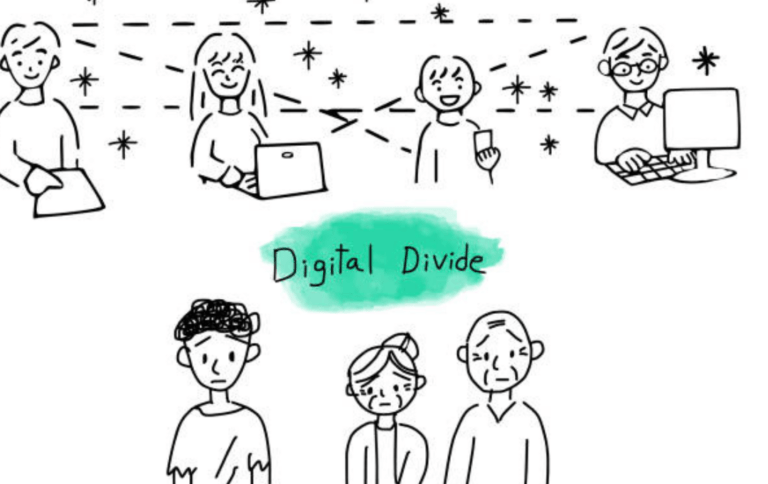Top 10 Strategies for Successful Workplace Learning

If we want to improve engagement, create powerful learning experiences, and increase ROI from our training projects, we need to be more creative in capturing our audience’s attention and keeping them coming back for more as learning leaders. Read on to learn about the top 10 strategies for successful workplace learning.
Top Strategies for Successful Workplace Learning
The top 10 strategies that we believe any training manager should concentrate on for effective workplace learning are as follows:
1) Developing Individualized Educational Opportunities
Workers in the modern era are accustomed to having access to information whenever and however they want. The old “one size fits all” approach is therefore obsolete and ineffective.
As learning leaders, we must focus our efforts on giving students the resources they need to access content independently.
To design individualized, goal-focused eLearning courses, we must become up to speed on the expectations of learners.
The creation of material that aids employees in achieving their professional objectives is now standard practice, coupled with things like video, social information sharing, and on-demand courses.
Employees want to believe that the courses they take will help them advance since they are aware of the skills they need.
The development of programs that are focused on individualized learning routes is becoming simpler thanks to new technology.
Incorporating brief lessons and alternatives for learning when, when, and how a person wishes to are all appealing to learners.
2) Transforming “e” into “m”
Learning may now take place practically anywhere, and a recent LinkedIn survey found that more than half of learners participate at the precise moment they need the information.
Others do it at their desk, in their personal time, or while commuting. You must make your learning programs accessible in this way since learners are accustomed to having access to information around-the-clock.
We must take advantage of mobile devices’ capabilities to accomplish this. It will also be easier to recruit reluctant workers if you take advantage of mobile activities like pinching and swiping.
Learning executives with a mobile mentality will surprise and influence their audience.
3) Monitoring All Learning Occasions
Today, utilizing the xAPI, it is simple to track all learning activities (both online and offline). The xAPI enables technologies like the LRS (learning record store) to track all of your employees’ on-the-job digital learning activities in a manner similar to how Google maintains tabs on what individuals look for and do online.
Each of these behaviors is now regarded as a learning activity at work, whether it is reading an article, going to a meeting, watching a video, or enrolling in a course.
Learning leaders could only track what students accomplished in a typical eLearning course during the SCORM era.
The xAPI, however, has opened up a whole new universe of opportunities for having a comprehensive understanding of the complete workplace learning environment.
4) Doing More, Memorizing Less
Nowadays, students have access to an enormous amount of information, making it far less vital for them to recall material and much more crucial for them to TAKE ACTION and know HOW and WHEN to use the information once they have it.
Your eLearning courses ought to be created to promote thinking critically, coming to conclusions, and asking questions.
It’s still crucial to offer content in many media, such as text, audio, or video, but each piece of content must be followed by prompts asking your staff to recollect or retrieve the knowledge that was previously presented.
5) Collaborative Knowledge and Skill Development
More people from a wider range of ages are represented in the workforce than ever before. The key to distinguishing the current workplace from the past is to promote knowledge sharing.
The majority of your students are already engaged in learning activities, therefore learning programs that promote information sharing from peers and mentors would benefit from this.
Your courses will stand out from traditional, one-way teachings with the help of interactive tools like forum discussions, podcasts, wikis, and other resources.
If you’re still not persuaded, remember that whether or not your course has a platform, people will still share, learn, and comment. Giving your students a straightforward way to communicate can help both you and them.
6) Making Learning Fun
What is enjoyed by individuals more than learning? play, that’s right! Therefore, adding game components to your eLearning course, such as awards and levels, is a smart method to increase participation.
But it goes beyond simply making a course more enjoyable. Giving comments and making it clear what progress looks like is important. In comparison to earlier generations, present students are far more accustomed to and accept this.
All of this combines to make learning more fascinating and engaging, which makes it more memorable and increases the likelihood that students will finish it.
7) Creating Learning Experiences Rather Than Just Courses
Consider what consumers are already doing to decide what will be effective for your eLearning courses. The response?
Experience. For learners, experience matters much more than a single event, and your course should reflect that.
It is now possible to design learning experiences that are far more engaging thanks to digital tools and platforms. This is especially true for the increasingly sophisticated and popular virtual reality technologies.
Due of the immersive nature of VR, students can interact more like assistants or apprentices than traditional classroom students.
This technology is developing rapidly and will only continue to do so, making it increasingly important for training in the medical industry and other fields where practical experience is essential to success.
8) Quickly Curating Relevant Content
E-Learning designers are no longer just creating courses; they are also taking on the role of content curators. Keep in mind that your course competes with all the other content that the Internet might return to your pupils.
Accept this reality and select essential content to withstand all the other distractions that students may encounter.
The ability to govern learning has diminished with time. Because there are countless additional resources available online, your pupils are not limited to the material you present to them.
To take advantage of this, you must selectively choose the content you use to establish structure and a course for improvement.
9) Changing Your Mentality: Invisible Learning
Unexpectedly, invisible learning is not a Hogwarts course; rather, it is a method of learning that operates in the background. Companies are starting to approach learning as a mentality rather than as a distinct entity.
We are able to teach people’s thinking skills in a form of continuous learning environment as a result of our rising need and capacity to integrate learning into what employees already do.
Compared to earlier methods of learning, this makes learning more effortless and less taxing.
This is a step in the evolution that will merge learning and work into a single concept rather than treating them as two distinct things.
The learning will be automatic and built-in, so employees won’t feel like they have to take time away from work or their personal lives to study.
10) Producing More Micro Video
In the field of learning and development, movies are nothing new, but we’re discovering that shorter videos in particular are much more efficient than longer ones.
For students whose attention spans are as short as their time constraints, less than a minute is the golden number.
Conclusion
We serve ourselves and our audience better by finding methods to infuse a learning spirit into the business rather to just creating a course and urging people to take it. Theses 10 strategies can help employees in achieving their professional objectives and advance their careers since they are aware of the skills they need.






